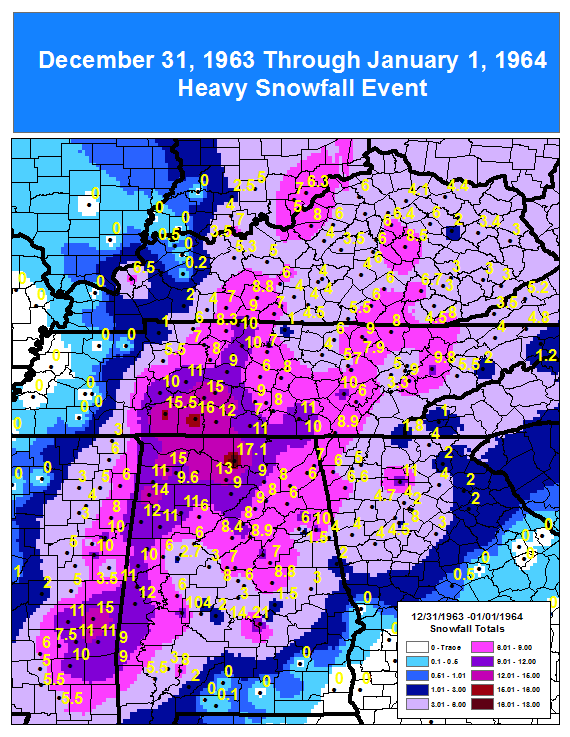Cary_Snow95
Member
Yeah if I recall you cashed in with around a foot from winter storm Jonas. That was the mid Atlantic's unicorn stormI was fortunate to be in an area that cashed in during the super nino winter of 2016. The Carolina's (I think) cashed in during 2002










